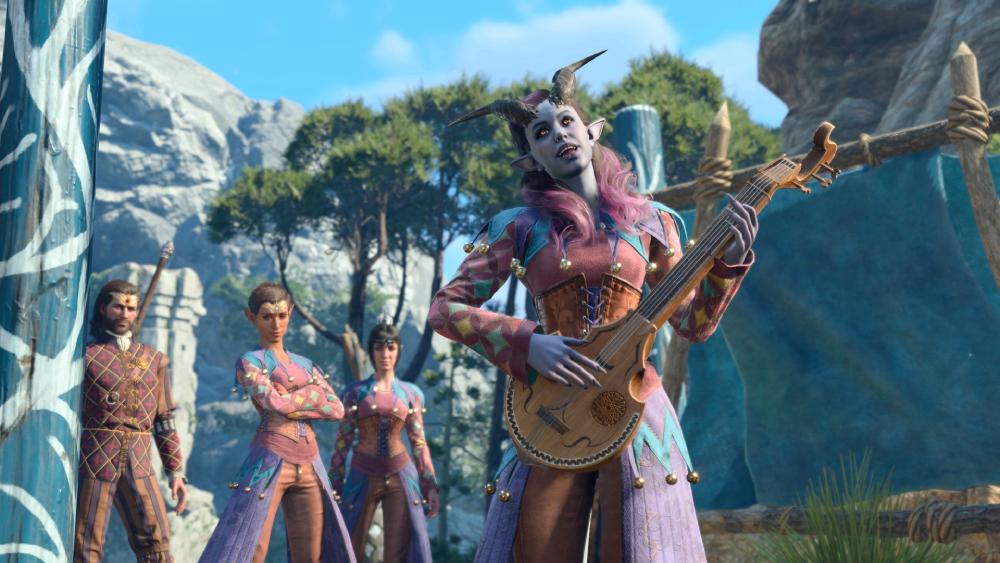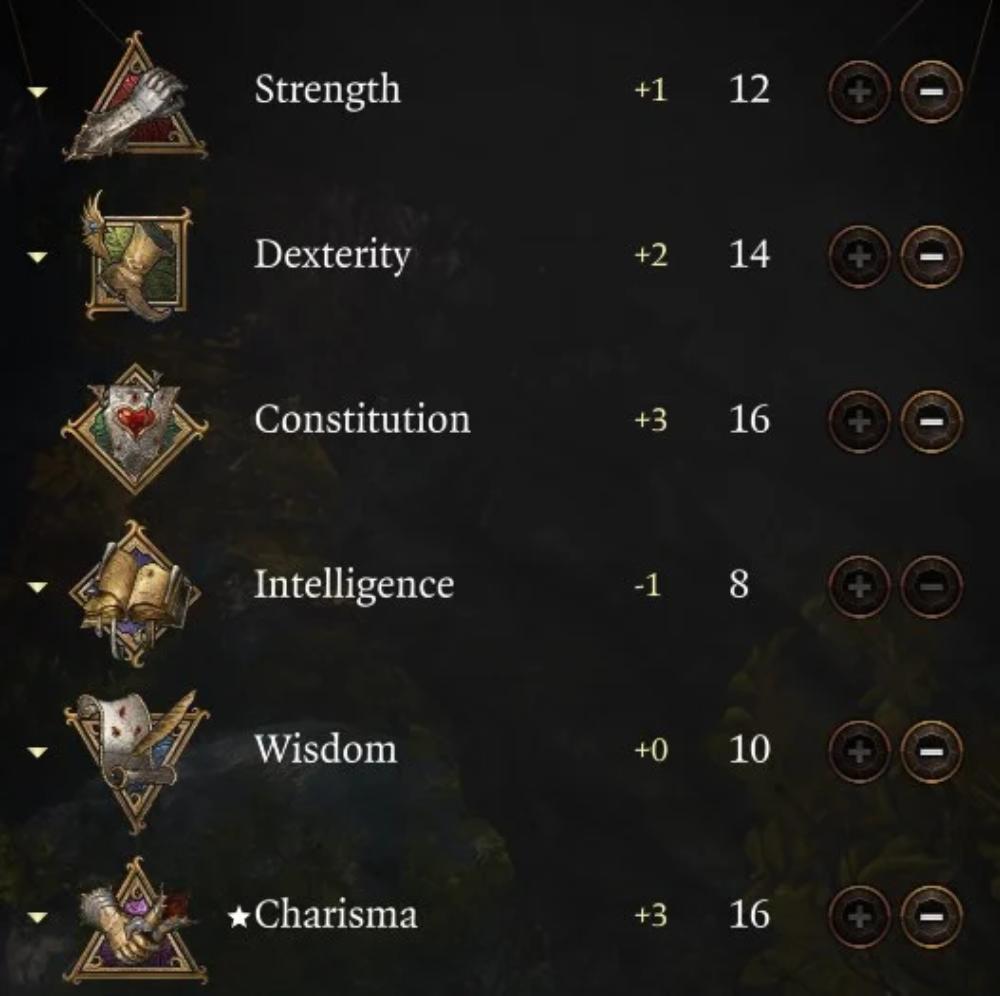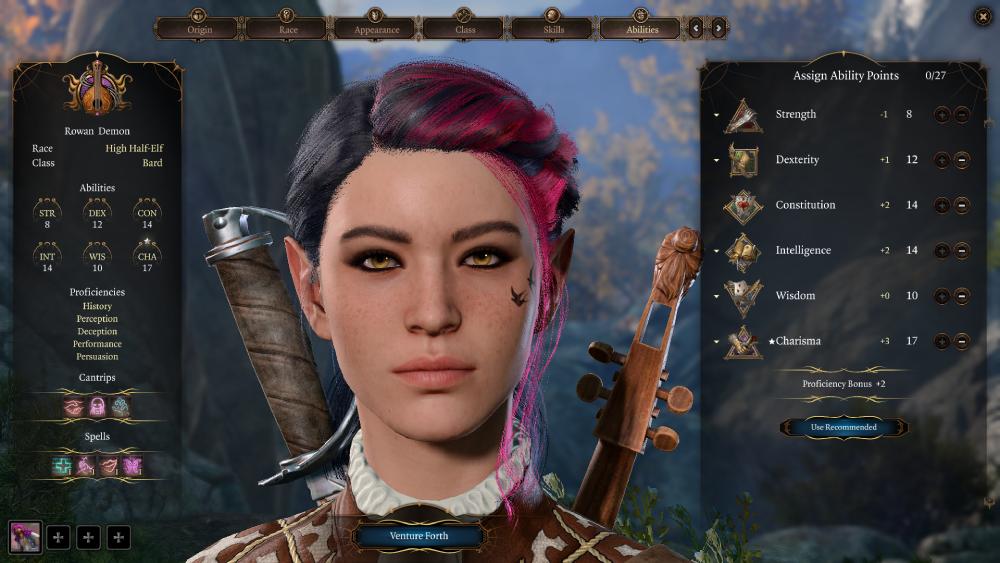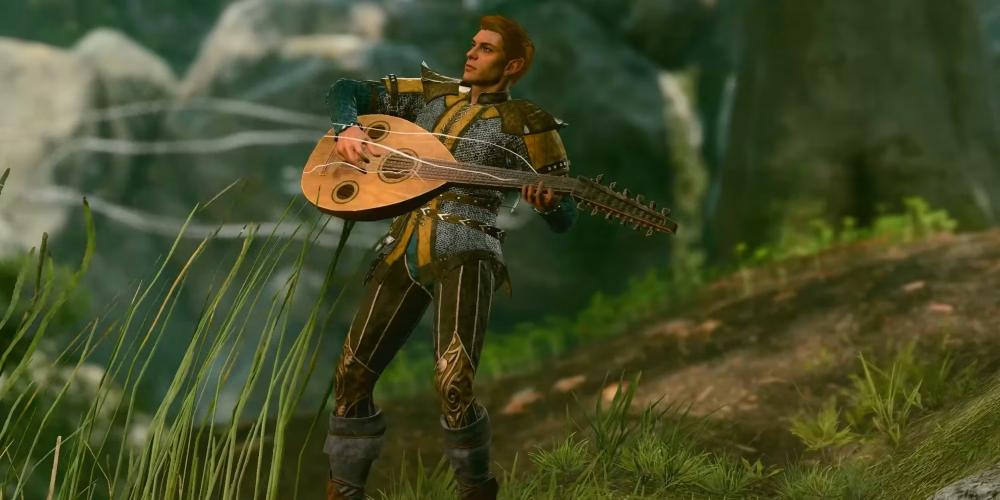Physical Address
304 North Cardinal St.
Dorchester Center, MA 02124
Physical Address
304 North Cardinal St.
Dorchester Center, MA 02124

Hey, Larian fans! Are you ready to become the ultimate Bard in Baldur’s Gate 3? Look no further! In this article, we’re going to break down the best build for a Bard character and explore the various specializations available in the game. Whether you want to be a charming diplomat or a ruthless combatant, we’ve got you covered. So grab your lute and get ready to rock, because we’re about to take your Bard game to the next level!

As a Bard in Baldur’s Gate 3, your character’s background plays a crucial role in determining their proficiency in various skills. The Bard class is focused on Dexterity and Charisma, with Charisma being the most important attribute for combat advantage. Different Backgrounds transform into proficiencies in order to enhance the character’s abilities. Criminals are skilled in Deception and Stealth, making them ideal for offensive, stealth-heavy builds. Guild Artisans excel in Insight and Persuasion, making them perfect for talking-heavy builds. Soldiers are proficient in Athletics and Intimidation, ideal for brave and smart characters in the heat of battle. Charlatans are skilled in Deception and Sleight of Hand, while Nobles excel in History and Persuasion, allowing them to identify ancient knowledge and acquire loyalty, renown, and power.

If you’re just starting out with a Bard character in Baldur’s Gate 3, it’s important to choose the right skills to get you off on the right foot.
At level 1, you’ll be able to choose two basic skills and four spells. For basic skills, consider choosing Vicious Mockery, which deals damage and reduces the enemy’s chances of an effective attack, and True Strike, which increases your defense. For spells, it’s a good idea to choose two offensive spells, like Thunderwave and Dissonant Whispers, and two support spells, like Healing Word and Heroism. This combination will allow you to effectively deal damage and control the battlefield, while also supporting the rest of your party. However, it’s important to remember that Baldur’s Gate 3 offers many opportunities for character development, so don’t be afraid to experiment and find your own builds that work well with your party.
Bard Class in Baldur’s Gate 3 has some unique and powerful features that make it an excellent addition to any party. One of its most exceptional abilities is Bardic Inspiration, which allows Bards to give their allies a significant buff in the form of extra dice to any d20-based rolls. With high Charisma and Dexterity, Bards can cast powerful spells, deal decent damage in weapon combat, and use CHA as their Spellcasting Modifier to cast spells that grant combat advantages and make interactions outside fighting a breeze. The College of Lore is an ideal specialization for Bards who seek more utility spells to aid allies in combat, while the College of Valor is perfect for those who want to become frontline attackers with access to more offensive-leaning abilities.

When creating a Bard character in Baldur’s Gate 3, there are several abilities that players should keep in mind. Bards start with a choice of a musical instrument as their tool, which can be changed later on. They also have proficiency in Dexterity and Charisma saving throws, which makes them more capable of dodging attacks and resisting certain spells. Additionally, Bards have proficiency in Light Armor, allowing them to wear it without penalty, and proficiency in several weapons, which increases their chance of hitting foes. Keeping these abilities in mind can help players create a strong Bard build from the get-go.

Players looking to create a Barbarian character in Baldur’s Gate 3 have several race options to choose from. Of the available races, five provide a bonus to strength, making them particularly attractive choices for Barbarians. These races include the Zariel Tiefling, Human, Githyanki, Shield Dwarf, and Half-Elf.
The Zariel Tiefling offers a +2 bonus to both strength and charisma, making it a good choice for players who want a Barbarian with a bit of a devilish flair. The Human provides a +1 bonus to all ability scores, which can be useful for players who want a well-rounded Barbarian. The Githyanki offers a +2 bonus to strength and a +1 bonus to intelligence, making it a good choice for players who want a Barbarian that’s a bit more intellectual than usual.
The Shield Dwarf provides a +2 bonus to both constitution and strength, which can make for a very tough Barbarian who can take a lot of punishment in combat. Finally, the Half-Elf provides a +2 bonus to charisma and two additional ability score increases, making it a versatile choice for players who want a Barbarian that can excel in a variety of areas.
While these five races offer direct combat advantages to a Barbarian, players may choose other races for mechanical advantages or role-playing reasons. For example, the Halfling’s Lucky trait can be a useful ability for any class, while a Dragonborn Barbarian can provide an interesting role-playing opportunity. It’s important to keep in mind that the Barbarian gains access to Reckless Attack at level 2, which can help offset any initial weakness in their primary stat when compared to other classes in the game. Ultimately, the choice of race will depend on the player’s preferences for both mechanics and role-playing.

When creating a Barbarian character in Baldur’s Gate 3, players should take into account several stats that will impact their gameplay experience both in and out of combat. While Strength is the primary attribute for Barbarians and provides the most offensive combat bonuses, players should also consider other stats to create a well-rounded and versatile character.
Dexterity can be inferior to strength due to class features, so players should avoid overinvesting in it. However, having a decent dexterity score can be helpful for Barbarians who want to be more mobile in combat or want to use finesse weapons. Constitution is superior to dexterity for survivability due to the resistance gained from rage, so players should invest in this stat to help their Barbarian withstand more punishment.
Wisdom saves are important for resisting mind-altering effects, which can be particularly useful for Barbarians who may be targeted by spells or other abilities that affect their mental state. Finally, players looking to utilize their Barbarian during conversations will want to raise their Charisma stat to 14 points, which can open up more options and dialogue choices.
The Bard class in Baldur’s Gate 3 is a versatile and powerful class that can make a significant impact in battle and social interactions. With its unique features such as Bardic Inspiration and spellcasting abilities, a well-built Bard character can be a valuable asset to any party. Additionally, choosing the right race for your Bard can maximize their performance in combat and increase their chances of success in social situations. Wood Half-Elves, Drow, and Humans are some of the best races to choose from when building a Bard character due to their inherent boosts in Charisma and other abilities. By keeping these factors in mind and experimenting with different skills and spells, players can create a strong Bard build that can take on any challenge in Baldur’s Gate 3. So go ahead and build that Bard character, and see for yourself the power and potential of this amazing class!